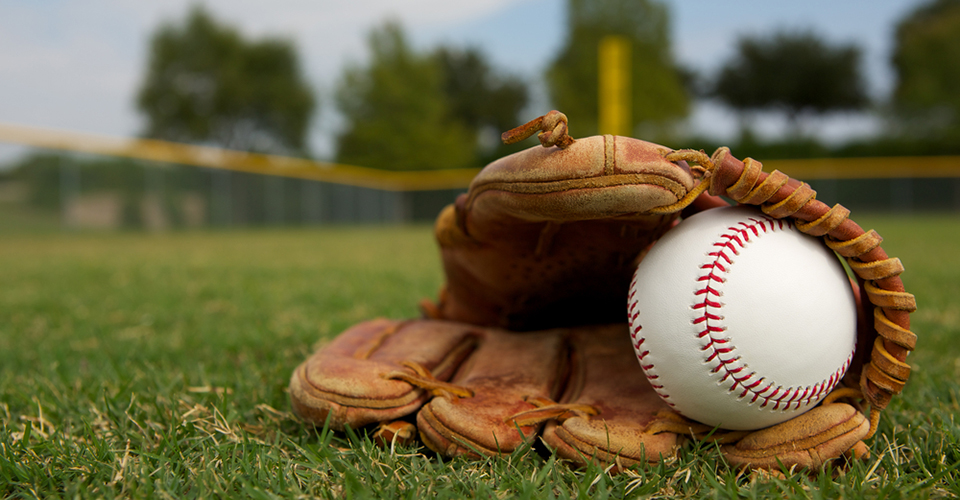By guest blogger Bill Rowe, Director of Content Development, Emergency Care
Before we get to the skills presentation part, indulge me for a moment and let me talk about baseball. Ever since I can remember, I have loved baseball. When I was really young, my hometown baseball hero was Al Kaline, the all-star right fielder for the Detroit Tigers.
I wanted to be Al Kaline: Run like him, throw like him, swing a bat like him…
So, I copied everything he did. My reward was that I got pretty good, pretty quick…when I was just a kid. I was never great, but was always good enough to spend a lifetime playing the game in some form. Today I decently play senior league softball and enjoy “moments of brilliance” with an occasional exceptional defensive play or a good hit.
But you know what the weirdest thing is? I still run, throw, and hit a lot like Al Kaline.
This brings me to the point of today’s post; the importance and impact of skill mimicry in the early development of skills.
Think about similar examples in your life. What physical skills do you possess that you excel in? How were you were initially introduced to the skill? How much impact did your first visualization of the skill being performed or demonstrated have in your learning of it? Who was your visual role model? Who did you copy?
Now contextualize this in regard to training others in CPR skills. An important part of the ASHI and MEDIC First Aid instructional design is the use of instructor skill demonstrations during the learning process, prior to hands-on student skill practice.
You are likely to be the initial visual role-model for many of your students in the early development of their CPR skills. The quality of your skill demonstrations matters.
Take a moment and consider the importance of your ability to provide a clear, clean, and accurate presentation of a skill in a training class that your students can copy.
A classroom is not an emergency situation in which real-time skills sometimes have to adapt to the challenges of the moment. It is a learning environment in which to set a solid baseline for skill performance.
Here’s the challenge for you: Think of your in-class demonstrations of skills as a learning “presentation” rather than an example of how things could happen in real life. Focus on things such as sight lines, pacing, and a slight exaggeration of your movements. If there are steps to a skill, show them individually with slight pauses instead of overlapping them, in order to make the steps clearer.
Our instructional design also emphasizes the importance of seeing a demonstration at least once in “real-time”, without interruption, so a student can get a realistic sense of the skill and have that vital visual impression to mimic when they practice.
And always make sure you are accurate. Remember, they will be copying what they see.
Try this to help: Use your phone or tablet to record of a video of yourself doing a skill demonstration from the student perspective. Be your own harshest critic and identify things you can improve for your students. Adjust your presentation as needed. No one else needs to see the video, just you. If you are old school, do demonstrations in front of a mirror instead of a camera.
All in all, consider the visual impact your skill demonstrations will have on student skill development. Years after taking your class, chances are when your students do CPR, they are still going to do it a lot like you did.
Make it count….Oh, and go Tigers!
For more training tips and other news of interest for ASHI and MEDIC First Aid instructors, be sure to subscribe to our newsletter by clicking the button below.








.png?width=600&name=HSI-CTA-EmergencyCareTraining%20(1).png)











Comments